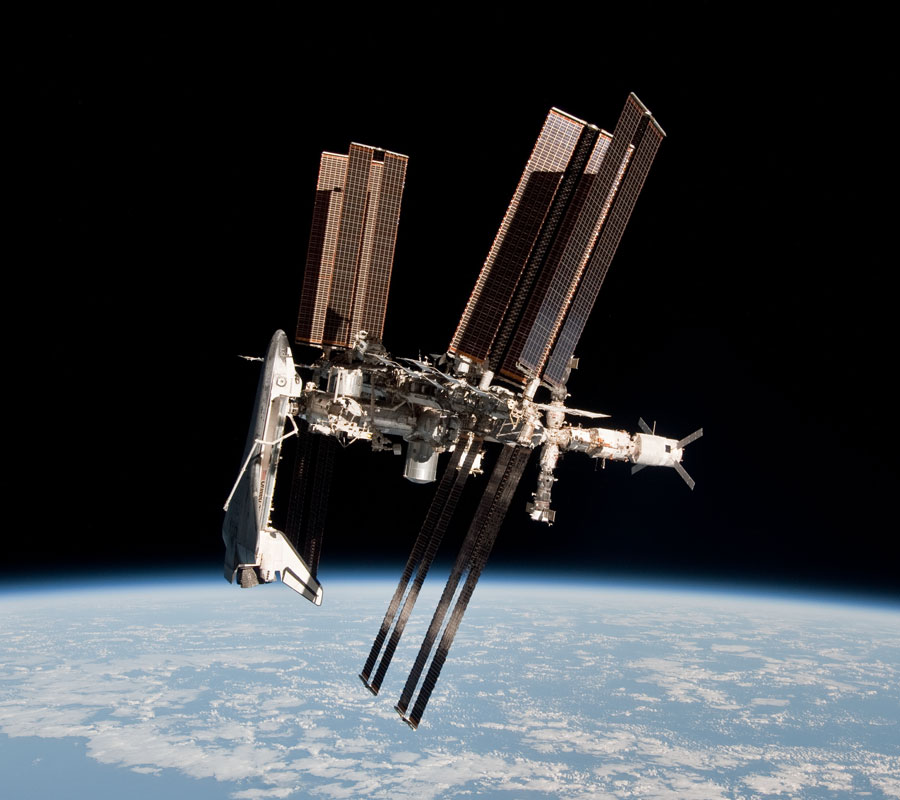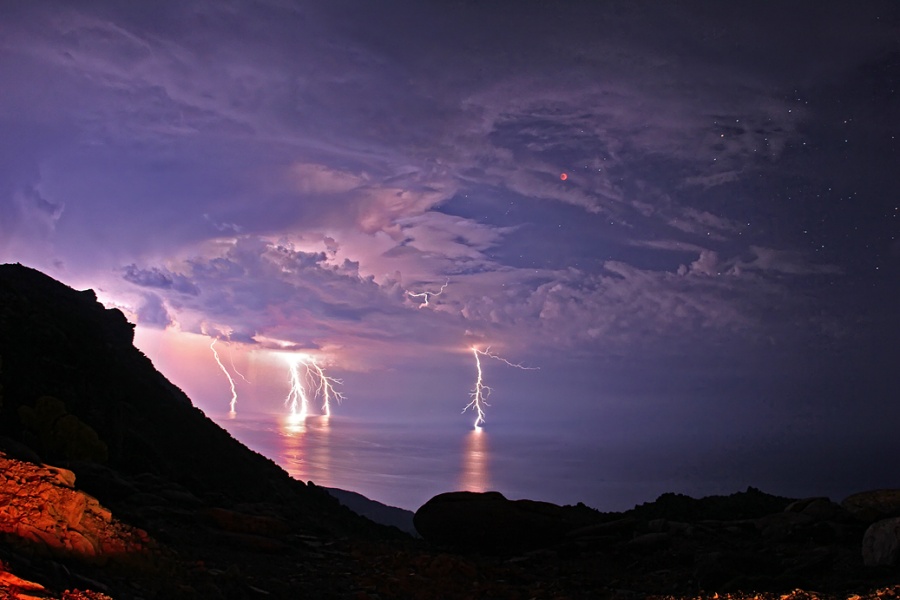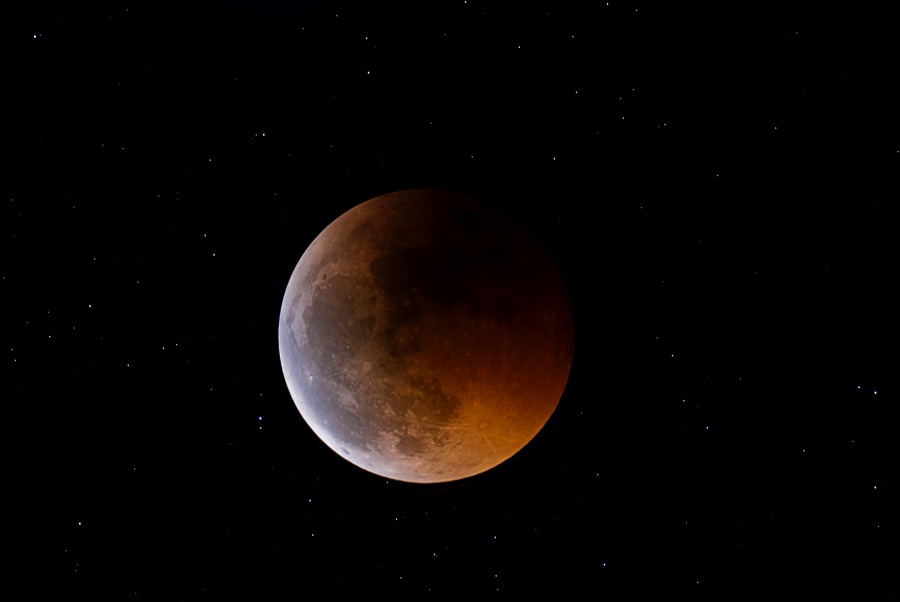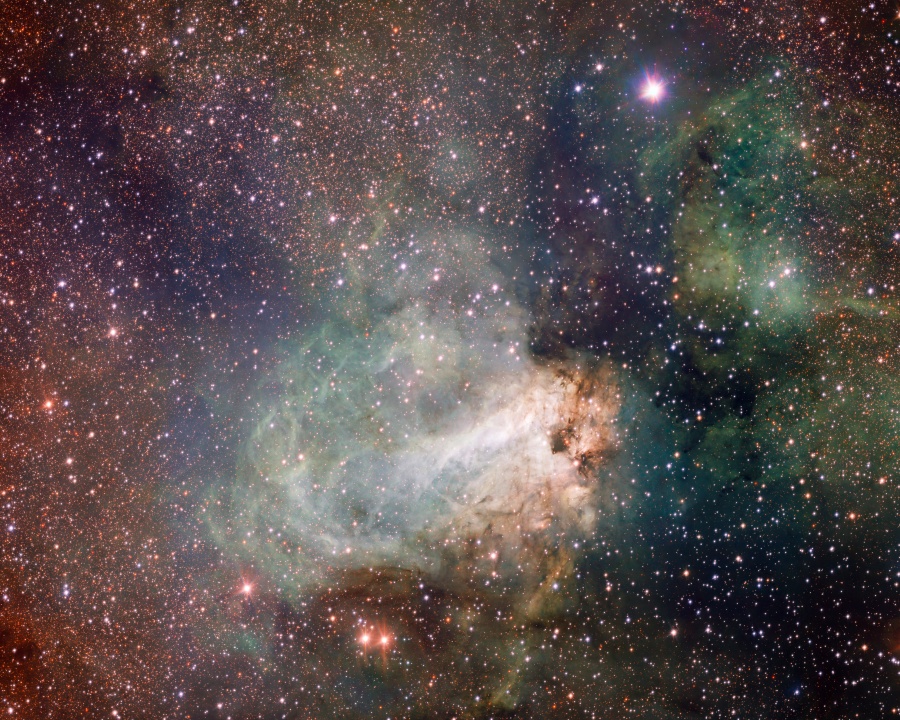_____________________________________________________________________
Please vote for the two best APODs (image and text) for June. All titles are clickable and link to the original APOD page.
We ask for your help in choosing an APOM, as this helps Jerry and Robert create "year in APOD images" review lectures and a free PDF calendar at year's end, and provides feedback on which images and APODs were relatively well received.
We are very interested to know why you selected the APODs for which you voted; if you would like to tell us, please reply to this thread. Thank you!
Thank you!
_____________________________________________________________________
<- Previous month's poll
This luminous night view of the space shuttle orbiter Endeavour, docked with the International Space Station for a final time, was captured on May 28. Orbiting 350 kilometers above planet Earth, Endeavour's payload bay is lit up as it hurtles through Earth's shadow at 17,000 miles per hour. At the top of the frame, the jointed appendages of the station's robotic manipulator arm Dextre appear in silhouette. Motion during the long exposure produced streaks in the starry background and the city lights on the darkened planet below. Completing a 16 day mission, Endeavour made its final landing at Kennedy Space Center in the dark, early morning hours of June 1.
How was this picture taken? Usually, pictures of the shuttle, taken from space, are snapped from the space station. Commonly, pictures of the space station are snapped from the shuttle. How, then, can there be a picture of both the shuttle and the station together, taken from space? The answer is that during the Space Shuttle Endeavour's last trip to the International Space Station two weeks ago, a supply ship departed the station with astronauts that captured a series of rare views. The supply ship was the Russian Soyuz TMA-20 which landed in Kazakhstan later that day. The above spectacular image well captures the relative sizes of the station and docked shuttle. Far below, clouds of Earth are seen above a blue sea. The next and last launch of a US space shuttle is scheduled for early July.
Thunderstorms almost spoiled this view of the spectacular June 15 total lunar eclipse. Instead, storm clouds parted for 10 minutes during the total eclipse phase and lightning bolts contributed to this dramatic skyview. Captured with a 30 second exposure, the scene also inspired what the editor considers may be the best title yet for a picture during the 16 year history of Astronomy Picture of the Day. (Title credit to Chris K.) Of course, the lightning reference clearly makes sense, and the shadow play of the dark lunar eclipse was widely viewed across planet Earth in Europe, Africa, Asia, and Australia. The picture itself, however. was shot from the Greek Ikaria island at Pezi. That area is known as "the planet of the goats" because of the rough terrain and strange looking rocks.
In the final move of its kind, NASA's space shuttle Atlantis was photographed earlier this month slowly advancing toward Launch Pad 39A, where it is currently scheduled for a July launch to the International Space Station. The mission, designated STS-135, is the 135th and last mission for a NASA space shuttle. Atlantis and its four-person crew will be carrying, among other things, the Multi-Purpose Logistics Module Raffaello to bring key components and supplies to the ISS. Pictured above, the large Shuttle Crawler Transporter rolls the powerful orbiter along the five-kilometer long road at less than two kilometers per hour. Over 15,000 spectators, some visible on the right, were on hand for the historic roll out.
A celestial prelude to today's solstice, the June 15 total lunar eclipse was one of the longest in recent years. It was also one of the darkest, but not completely dark. Even during totality, a somber, red lunar disk could be seen in the starry night sky, reflecting reddened light falling on to its surface. Seen from a lunar perspective, the ruddy illumination is from all the sunsets and sunrises around the edges of a silhouetted Earth. In this sharp portrait of the eclipsed Moon from Granada, Spain, the Moon's edge reflects a bluish tinge as well as it emerges from Earth's umbral shadow. The bluer light is still filtered through Earth's atmosphere, but originates in rays of sunlight passing through layers high in the upper stratosphere. That light is colored by ozone that absorbs red light and transmits bluer hues.
Cosmic dust clouds sprawl across a rich field of stars in this sweeping telescopic vista near the northern boundary of Corona Australis, the Southern Crown. Probably less than 500 light-years away and effectively blocking light from more distant, background stars in the Milky Way, the densest part of the dust cloud is about 8 light-years long. At its tip (upper right) is a group of lovely reflection nebulae cataloged as NGC 6726, 6727, 6729, and IC 4812. A characteristic blue color is produced as light from hot stars is reflected by the cosmic dust. The smaller yellowish nebula (NGC 6729) surrounds young variable star R Coronae Australis. Magnificent globular star cluster NGC 6723 is toward the upper right corner of the view. While NGC 6723 appears to be part of the group, it actually lies nearly 30,000 light-years away, far beyond the Corona Australis dust clouds.
Sculpted by stellar winds and radiation, the star factory known as Messier 17 lies some 5,500 light-years away in the nebula-rich constellation Sagittarius. At that distance, this degree wide field of view spans almost 100 light-years, courtesy of ESO's new VLT Survey Telescope and OmegaCAM. The sharp, false color image includes both optical and infrared data, following faint details of the region's gas and dust clouds against a backdrop of central Milky Way stars. Stellar winds and energetic light from hot, massive stars formed from M17's stock of cosmic gas and dust have slowly carved away at the remaining interstellar material producing the cavernous appearance and undulating shapes. M17 is also known as the Omega Nebula or the Swan Nebula.
<- Previous month's poll
Poll: Astronomy Picture of the Month for June 2011
Poll: Astronomy Picture of the Month for June 2011
A closed mouth gathers no foot.
Re: Poll: Astronomy Picture of the Month for June 2011
Endeavour's Starry Night really reflects the high velocity motion of the shuttle in orbit. It also looks really beautiful with the bright night sky and not-so-dark Earth down below. June 2nd? It feels like a much longer time ago.
And of course Lightning Eclipse From The Planet Of The Goats gets my other vote. Not only for the recording of the eclipse in the extraordinary conditions but also for its title; the best so far this year in my opinion.
And of course Lightning Eclipse From The Planet Of The Goats gets my other vote. Not only for the recording of the eclipse in the extraordinary conditions but also for its title; the best so far this year in my opinion.
-
ajtg
Astronomy Picture of the Month for June 2011
The eclipsed moonlight is a simple and beautiful picture. Our atmosphere causes a red sunset in the moon surface and the stars show their bright...
Re: Poll: Astronomy Picture of the Month for June 2011
I am sensing foul play in this poll. Please do not cheat, or at least be fair enough to vote for a second picture along.
-
norman
Re: Poll: Astronomy Picture of the Month for June 2011
Two votes for the two eclipses. I love eclipses and I love lightnings.
Last bumped by Anonymous on Thu Nov 10, 2011 8:01 am.






